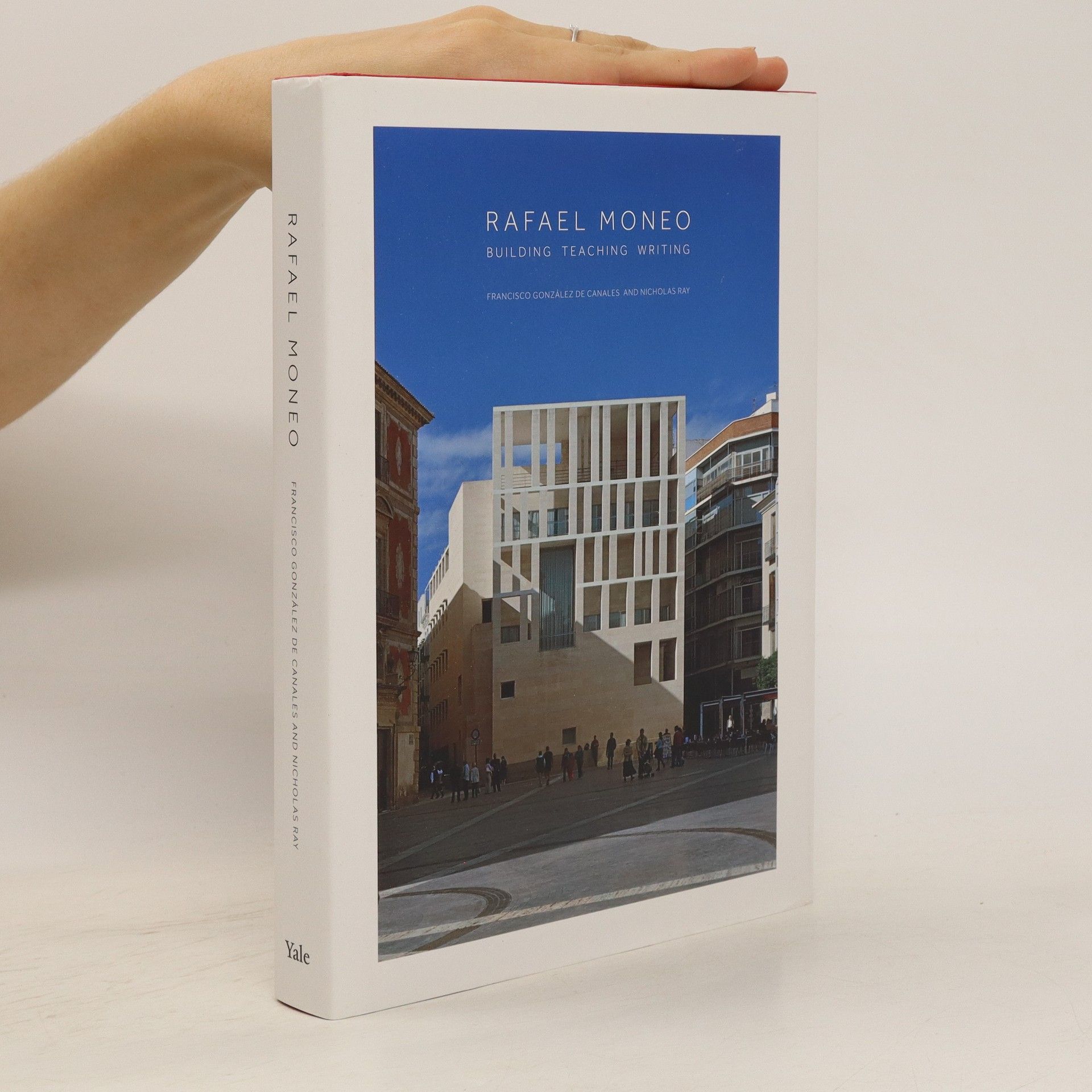This illustrated guide explores the rich history and significance of architecture in Cambridge. It delves into the evolution of architectural styles and the cultural influences that have shaped the city's buildings over time. Featuring detailed illustrations, the book highlights key structures and their roles in the community, providing readers with a deeper understanding of Cambridge's architectural heritage and its impact on the environment and society.
Nicholas Ray Libri






I Was Interrupted
- 243pagine
- 9 ore di lettura
One of the most original, rebellious, and idiosyncratic directors in the American cinema, Nicholas Ray lived and worked with an intensity equal to that of his films. This title offers a selection of the filmmaker's writings, lectures, interviews, and more.
Philosophy of Architecture
- 164pagine
- 6 ore di lettura
Exploring the intersection of philosophy and architecture, this handbook highlights how design serves as a fundamental human discipline that transforms imaginative concepts into tangible structures. It posits that architecture can resolve philosophical tensions by proposing practical designs that reconcile competing theories and methodologies. The text emphasizes the significance of architectural practice in shaping our understanding and appreciation of both fields.
Rafael Moneo - building, teaching, writing
- 308pagine
- 11 ore di lettura
A critical look at the life, work, and influence of the important and award-winning Spanish architect Rafael MoneoThe Spanish architect Rafael Moneo (b. 1937) has won numerous awards (including the prestigious Pritzker Architecture Prize), yet this publication is the first to offer a critical study of his career as a whole—not only his many built works and projects but also his contributions to teaching and his writings. The book begins with a comprehensive biography, covering Moneo’s education, teaching appointments, and encounters with historians and architects in Europe and the United States, such as Peter Eisenman, Jørn Utzon, and Bruno Zevi. Also included is a discussion of some of the buildings that he has designed, notably the Prado Museum extension and Atocha Station in Madrid. The following section examines in more detail seven key buildings chosen to illustrate crucial developments in Moneo’s thinking, from the Bankinter, Madrid, to the Cathedral of Our Lady of the Angels, Los Angeles. The last and most extensive section considers his architectural his design approach, his idea of the canon, his theory of composition, his notion of form, and his confrontation with reality—in construction and context.
The narrative follows a man's transformative journey as he escapes an abusive environment, confronting the pain and sorrow of his childhood. Through resilience and self-discovery, he learns to heal and grow, ultimately finding strength in his experiences. The book explores themes of recovery, empowerment, and the quest for a better life, showcasing the power of personal growth in overcoming adversity.
Thinking Through Twentieth-Century Architecture
- 298pagine
- 11 ore di lettura
Focusing on the intersection of philosophy and design, this book addresses contemporary issues in architecture and education, highlighting the enduring nature of philosophical dilemmas in design decisions. With 200 illustrations, it serves as a valuable resource for enthusiasts of twentieth-century architecture and architectural students, offering insights that remain pertinent in today's practice.
Tragedy and otherness
Sophocles, Shakespeare, Psychoanalysis
This book presents a new account of the complex relationship between psychoanalytic theory and the key tragic dramas by Sophocles and Shakespeare in which it has often sought exemplars and prototypes. Examining the close historical and theoretical connections between Freud’s interpretative appeal to tragic drama and his professed abandonment of the ‘seduction’ hypothesis in 1897, the author explores the ways in which otherness has subsequently been simplified out of both psychoanalytic theory and the dramatic texts it endeavours to comprehend. Drawing on Jean Laplanche’s critical reformulation of the seduction theory, the book offers close rereadings of Oedipus Tyrannus, Julius Caesar and Hamlet in order to outline an approach to tragedy which takes account of the constitutive priority of the other in the itinerary of the tragic subject. By reopening the theme of seduction in relation to these key literary dramas, the book aims to generate a better understanding both of the function which psychoanalysis has called upon tragedy to perform, and the radical modes of otherness within tragedy for which psychoanalysis has hitherto remained unable to account.